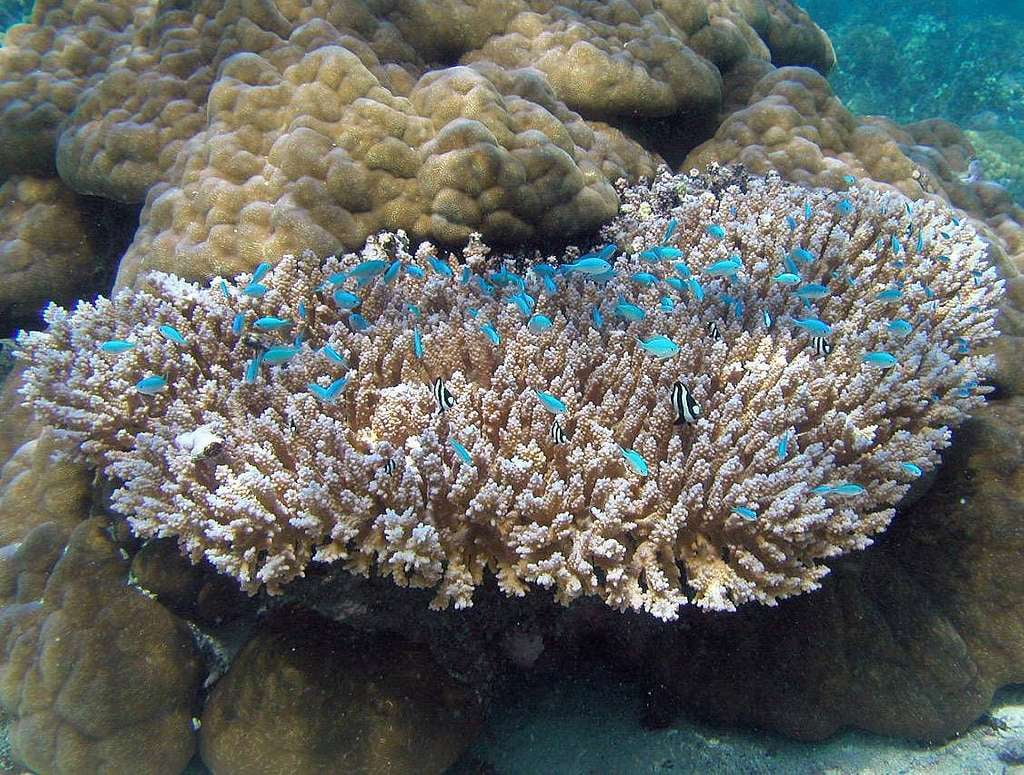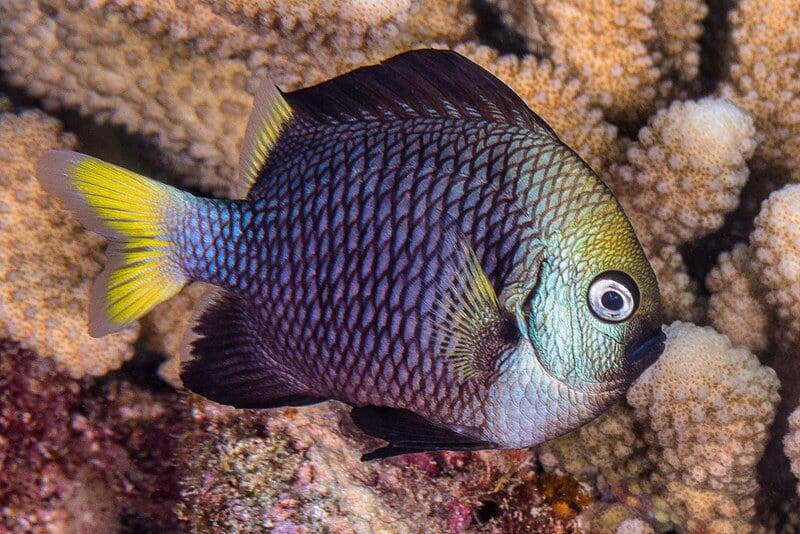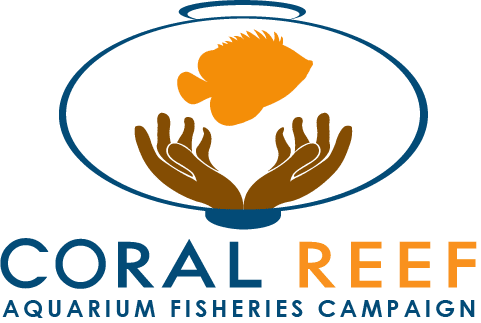The Refuelers
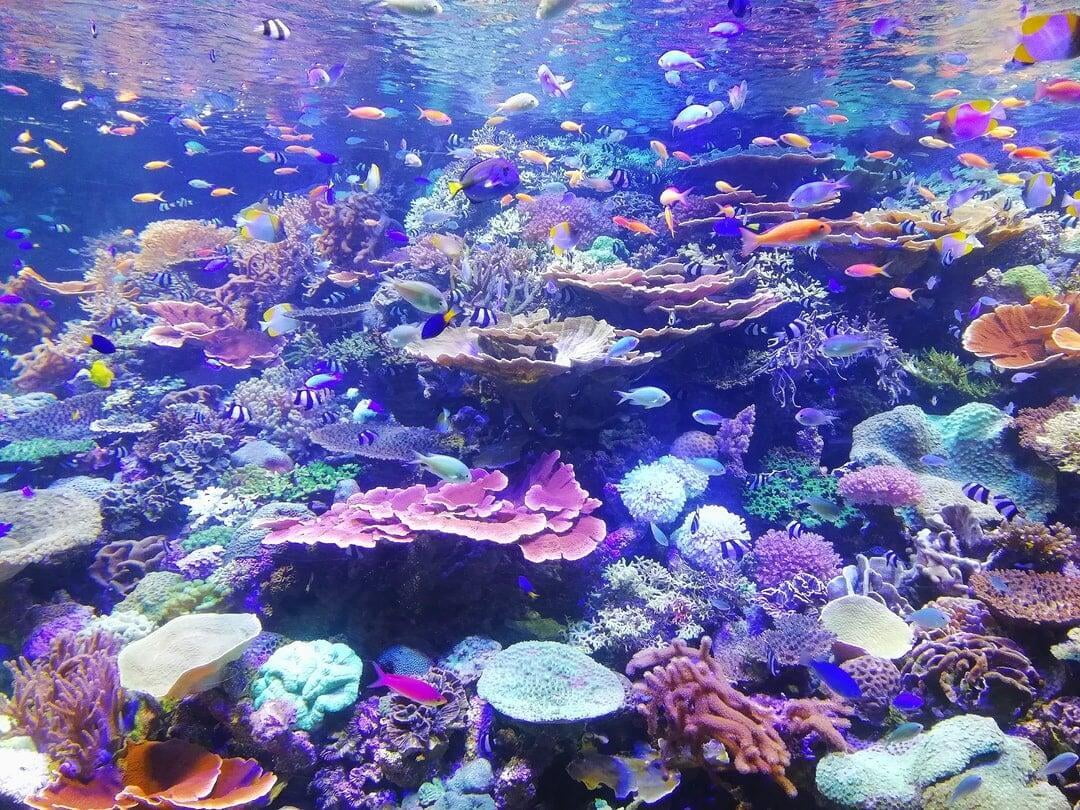
Last time, we talked about the devastating, large-scale coral bleaching events that have occurred this summer in Florida, the Caribbean, and elsewhere around the world as a result of the hottest summer on record. Right now, there is much focus and support directed to aquaculture and restoration of the corals themselves, even going so far as to bring them indoors to escape the ocean heat. But successful coral reef conservation and restoration requires a comprehensive, multi-pronged strategy to support the entire ecosystem, including focus on the many other aquatic organisms which play important ecological roles that help make corals resilient to stress caused by ocean warming.
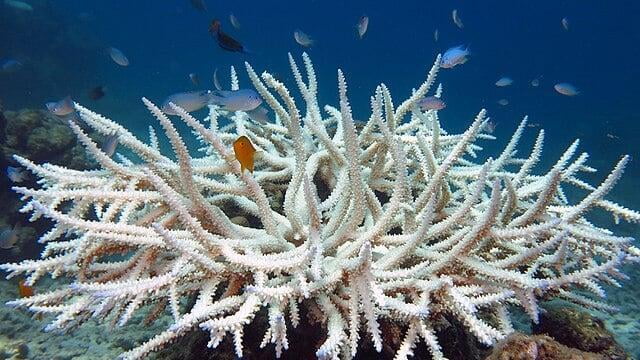
Reef fish species fished for food--think snappers and groupers--place important top-down controls on community structure of reefs by way of their predatory habits. Accordingly, there is well-deserved attention exerted by governments and fisheries agencies afforded to the management of their fisheries. But, for many fisheries management programs around the world...
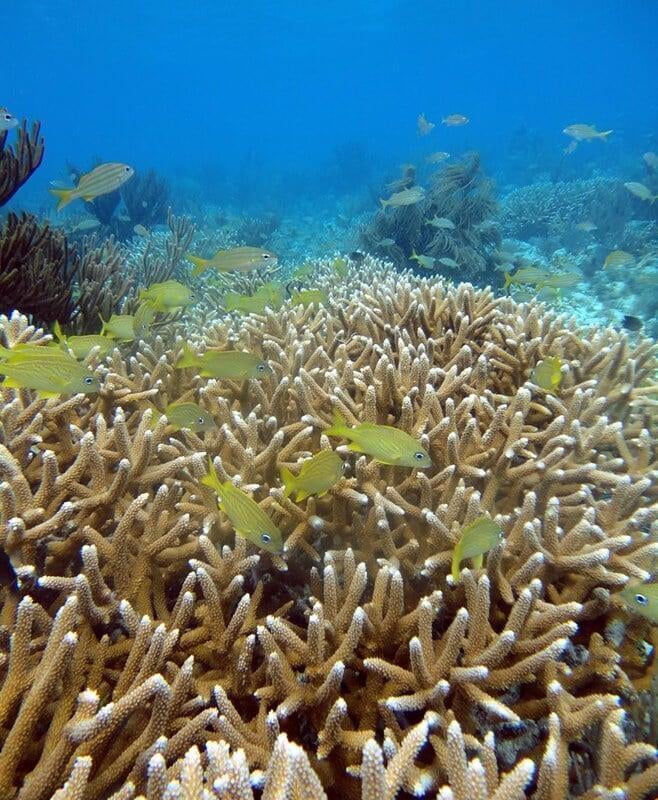
Grunts are a common family of fishes found on coral reefs, especially in the Western Atlantic. They form impressive schools--large moving yellow spheres roving over reefs or the ocean floor. For this reason, schools of grunts make captivating centerpieces of reef exhibits in public aquaria around the world. Back on the reefs, they play an important role in nutrient transport. During the day, schools of grunts hang over, around, and under coral reefs for refuge. At dusk, in their schools, they swim to nearby seagrass beds where they feed on the small shrimps and crabs that inhabit them throughout the night. At dawn, they swim back to their reefs for the following day. Over the course of the day, as they're digesting their meals provided by seagrass beds from the previous night, they deposit rich nutrients--nitrogen, primarily through excretion, and phosphorous, primarily through defecation. These important nutrients fuel the mutually-beneficial zooxanthellae that live inside coral tissues, converting these nutrients into bioavailable materials that corals use as resources for growth. We tip our hats to our colleague, University of Connecticut Professor Dr. Eric Schultz, who studied this phenomenon, publishing a keystone paper in coral reef ecology with Dr. Judy Meyer back in 1985 (Limnology and Oceanography 30(1): 146-156).
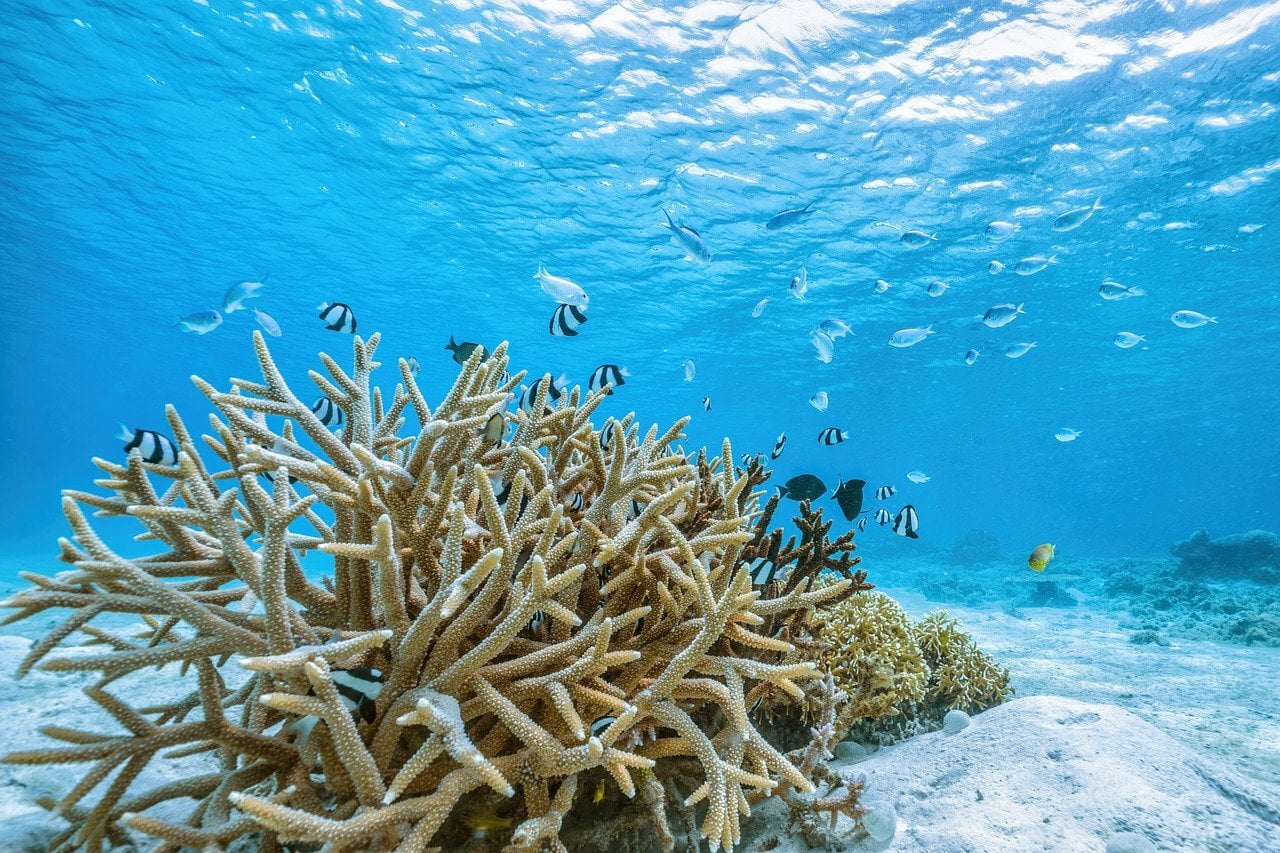
Damselfishes comprise the most popular family of fishes collected for the marine aquarium trade. Millions and millions of these fishes are collected from coral reefs around the world every year to stock home and public aquaria with a vibrant, colorful, animated mix of coral reef fishes. Damselfishes often represent the first fishes that introduce new aquarists to the aquarium hobby, as they tend to be hardy species. Back on the reefs, damselfishes rely on structure provided by corals, like the branches of staghorn corals, to protect them from predation. They spend their days flitting through the branches, feeding on passing plankton or tending to and pruning algal gardens. Living within and among the corals, they also deposit these same important nutrients: Nitrogen and phosphorous, absorbed and coverted by the coral's symbiotic zooxanthellae, which convert them into building blocks required for coral growth.
